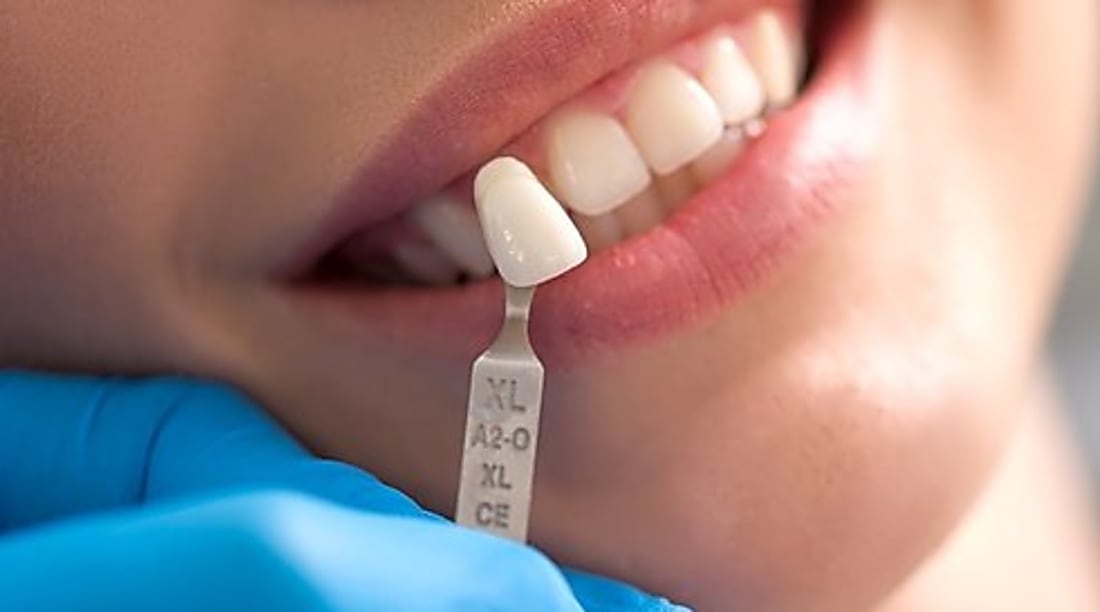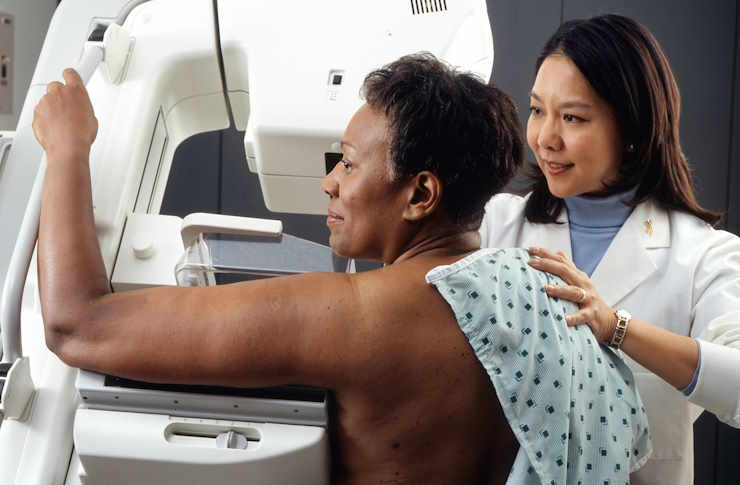Triple Negative Breast Cancer: Key Symptoms and Early Signs
Triple Negative Breast Cancer (TNBC) represents approximately 10-15% of all breast cancers and is characterized by the absence of estrogen receptors, progesterone receptors, and HER2 protein. This aggressive form of breast cancer often presents unique challenges for both detection and treatment. Recognizing the early warning signs and symptoms is crucial for timely intervention, which can significantly impact treatment outcomes and survival rates.

Triple Negative Breast Cancer (TNBC) accounts for about 10-15% of all breast cancer diagnoses and differs from other types because it lacks three common receptors targeted in breast cancer treatment—estrogen, progesterone, and human epidermal growth factor receptor 2 (HER2). This absence of receptors makes TNBC more challenging to treat and often more aggressive than other breast cancer types. Understanding the symptoms, risk factors, and diagnostic procedures is essential for early detection and improved outcomes.
Common Signs and Physical Symptoms of TNBC
The physical manifestations of Triple Negative Breast Cancer can be similar to other breast cancer types, though TNBC often grows more rapidly. The most frequently reported symptom is a new lump or mass in the breast, typically hard, painless, and with irregular edges. However, some TNBC tumors may be soft, rounded, or tender. Other physical symptoms include swelling of all or part of the breast, skin irritation or dimpling, breast or nipple pain, nipple retraction (turning inward), redness or thickening of the nipple or breast skin, and nipple discharge other than breast milk.
TNBC tends to grow more quickly than other forms of breast cancer, which means symptoms may appear and worsen more rapidly. Additionally, because TNBC is often diagnosed at a later stage, symptoms might be more pronounced by the time they’re noticed. Some patients report that their breast changes seemed to appear suddenly rather than gradually, which reflects the aggressive nature of this cancer type.
Early Indicators That May Signal TNBC
While no symptom is exclusive to TNBC, certain patterns may suggest this specific breast cancer subtype. TNBC is more likely to present as an interval cancer—one that appears between regular screening mammograms—due to its rapid growth rate. Women might notice a quickly growing lump that wasn’t present during their last self-examination. Unlike some other breast cancers that may cause hormonal symptoms, TNBC typically presents primarily with physical changes to the breast.
Changes in the appearance of the breast, including asymmetry that wasn’t previously present, skin changes resembling an orange peel (peau d’orange), or visible veins becoming more prominent on the breast surface can be early indicators. TNBC may also cause lymph node involvement earlier in the disease process, so swollen lymph nodes under the arm or around the collarbone might be detected. Any persistent change in the breast, especially one that develops rapidly, warrants immediate medical attention.
Understanding Risk Factors and Prevention
Several factors increase the risk of developing TNBC specifically. Age is a significant factor—TNBC is more common in women under 40 years compared to older women. There is also a strong genetic component, with BRCA1 gene mutations significantly increasing TNBC risk. African American and Hispanic women have higher rates of TNBC than other ethnic groups. Other risk factors include having a first pregnancy at a young age, higher number of pregnancies, shorter duration of breastfeeding, and higher waist-to-hip ratio.
While some risk factors cannot be modified, certain lifestyle choices may help reduce TNBC risk. Regular physical activity has been associated with lower risk of TNBC. Breastfeeding, particularly for longer durations, appears to provide some protection. Maintaining a healthy weight is important, as obesity has been linked to increased risk. Unlike other breast cancer types, hormonal factors play a less significant role in TNBC development, so hormonal preventive strategies are less effective for this specific subtype.
Diagnostic Procedures and Testing
When TNBC is suspected, a comprehensive diagnostic approach is necessary. The initial evaluation typically includes a clinical breast examination and imaging studies such as mammography, ultrasound, and potentially MRI. These imaging techniques help characterize the mass and determine if there are multiple lesions or lymph node involvement. However, definitive diagnosis requires tissue sampling.
A core needle biopsy or surgical biopsy provides tissue for pathological examination. The diagnosis of TNBC is confirmed through immunohistochemical testing, which determines the absence of estrogen receptors, progesterone receptors, and HER2 overexpression. Additional molecular testing may be performed to identify specific subtypes of TNBC, which can have implications for treatment approaches. Once TNBC is diagnosed, further imaging studies such as CT scans, bone scans, or PET scans may be recommended to determine if the cancer has spread beyond the breast.
Follow-up Care and Monitoring
After a TNBC diagnosis, close monitoring is essential, especially during the first few years when recurrence risk is highest. Follow-up care typically involves regular clinical examinations every 3-6 months for the first three years, every 6-12 months for years 4-5, and annually thereafter. Imaging studies, including annual mammography and possibly MRI, are standard for surveillance.
Patients should be educated about potential symptoms of recurrence, including new lumps, bone pain, persistent headaches, breathing difficulties, or abdominal pain. TNBC has a unique recurrence pattern compared to other breast cancers, with a higher risk in the first 3-5 years after diagnosis and lower risk afterward. This makes vigilant monitoring during this period particularly important. Additionally, patients should be counseled on lifestyle modifications that may reduce recurrence risk, including maintaining a healthy weight, regular exercise, limiting alcohol consumption, and avoiding smoking.
This article is for informational purposes only and should not be considered medical advice. Please consult a qualified healthcare professional for personalized guidance and treatment.




